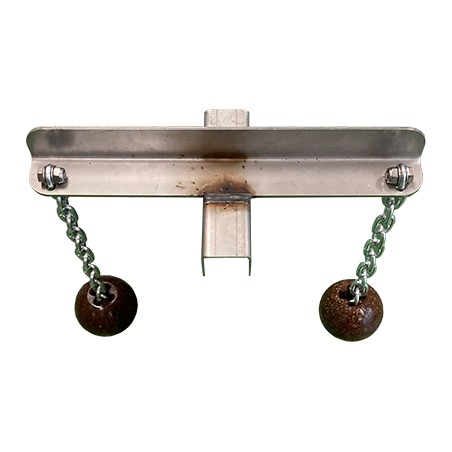The use of agro-industrial by-products in feeds, such as olive by-products is one of the key factors to improving the sustainability of swine production. However, it is necessary to assess its effects on the overall production process, including the animal and the environment. With that purpose, the aim of the present study was to determine the effects of including a partially defatted olive cake (PDOC) in pig diets on growth performance, carcass quality and gas emission from the slurry. A total of 80 finishing male pigs Duroc-Danbred × (Landrace × Large White) of 60.4 ± 7.00 kg BW were allotted to one of two finishing diets: a control (C) diet and a diet with PDOC included at 120 g/kg. During the finishing period (60 to 110 kg BW, 55 days) average daily gain, average daily feed intake and feed conversion ratio were recorded. At the end of finishing period, backfat thickness and loin depth (LD) were measured. Animals were slaughtered to obtain carcass weight and carcass composition parameters, and subcutaneous fat was sampled to analyze the fatty acid (FA) profile. Greenhouse gas and ammonia emissions were measured during pig slurry storage using the methodology of dynamic flux chambers.
As a result, no significant differences between treatments were found in performance or carcass quality, with the exception of LD, which was lower in PDOC compared with C animals (45.5 v. 47.5 mm, respectively). The FA profile of the subcutaneous fat did not differ between treatments, but the monounsaturated FA (MUFA) concentration was higher and the polyunsaturated FA was lower in the animals fed PDOC (50.9 v. 48.3 and 17.6 v. 19.3, in mg/100 g of Total FA, for PDOC and C animals, respectively). The pig slurry characterization only showed differences in acid detergent fiber concentration, that was higher in the slurry from PDOC treatment. Regarding gas emission, slurries from both treatments emitted similar amounts of ammonia (NH3), carbon dioxide (CO2), methane (CH4) and nitrous oxide (N2O).

In conclusion, these results suggest that PDOC can play a role in pig nutrition, since neither performance or carcass quality traits nor the environmental impact of slurries was negatively affected by its inclusion in diets. Moreover, its use improves the monounsaturated fatty acid concentration in subcutaneous fat.
Ferrer P, Calvet S, García-Rebollar P, de Blas C, Jiménez-Belenguer AI, Hernández P, Piquer O, Cerisuelo A. Partially defatted olive cake in finishing pig diets: implications on performance, faecal microbiota, carcass quality, slurry composition and gas emission. Animal. 2020; 14(2): 426-434. https://doi.org/10.1017/S1751731119002040









